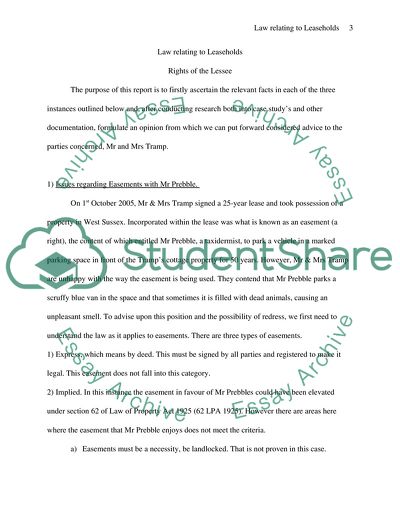Cite this document
(Law Relating to Leaseholds: Rights of the Lessee Case Study, n.d.)
Law Relating to Leaseholds: Rights of the Lessee Case Study. https://studentshare.org/law/1704261-law
Law Relating to Leaseholds: Rights of the Lessee Case Study. https://studentshare.org/law/1704261-law
(Law Relating to Leaseholds: Rights of the Lessee Case Study)
Law Relating to Leaseholds: Rights of the Lessee Case Study. https://studentshare.org/law/1704261-law.
Law Relating to Leaseholds: Rights of the Lessee Case Study. https://studentshare.org/law/1704261-law.
“Law Relating to Leaseholds: Rights of the Lessee Case Study”. https://studentshare.org/law/1704261-law.


